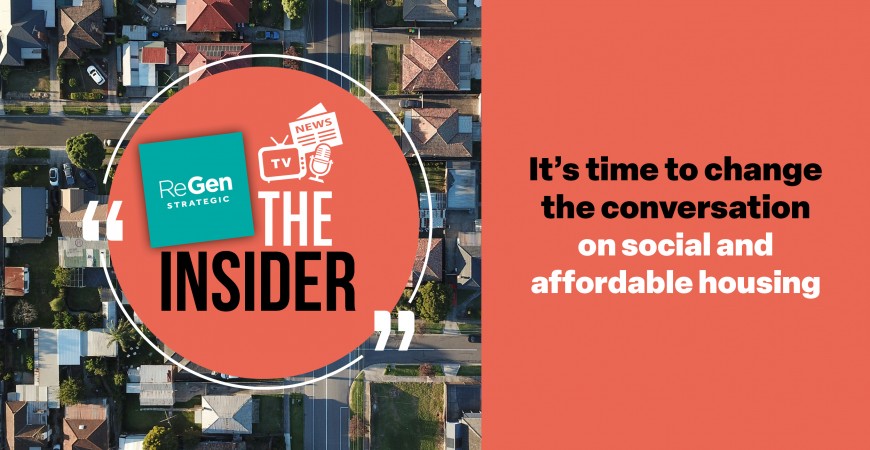At a recent CEDA event, WA Housing Minister John Carey spoke candidly about the rise of NIMBYs (Not In My Back Yard) and, as he joked, even BANANAs (Build Absolutely Nothing Anywhere Near Anything.)
He spoke about the backlash he’s faced after the State Government’s decision to buy and convert serviced apartments in East Perth into around 200 social and affordable homes (East Perth Affordable and Social Housing Project).
The policy was creative, and to paraphrase Sir Humphrey Appleby, courageous. The reaction to it was predictable, yet something we can learn from.
Fear Has Overtaken Facts
Public debate around social and affordable housing has become dominated by fear. Fear that property values will fall. Fear that neighbourhoods will change. Fear of “those people” moving in next door.
This fear has been amplified by a lack of understanding, about what social housing actually is, who it supports, and how it is managed today.
It’s a gap that must be filled not just by government policy, but by clear, confident public communication. Because language matters. How we talk about housing shapes how we think about it, and how we respond to it.
We Need to Reframe the Story
The starting point is to stop seeing social and affordable housing as a problem to be managed and start talking about it as an essential part of community infrastructure, just as important as schools, hospitals, and roads.
When someone loses their job, escapes domestic violence, or faces serious illness, a safe and stable home can be the difference between recovery and despair. Housing gives people the foundation to rebuild.
In reality, the people who live in community housing are often the people who are essential part of our lives. People like aged care workers, cleaners, retail assistants, students, and seniors living on fixed incomes. They are not outsiders. They are us.
Messaging That Builds Trust
Changing minds requires a new narrative – one that replaces judgement with empathy and gives the public confidence that the system works.
That means:
- Talking about health, wellbeing and community stability, not just affordability.
- Emphasising diversity and collective responsibility, not division.
- Showing that housing is well managed, with accountability for tenants and high standards of design and safety.
We must also acknowledge legitimate community concerns about maintenance, behaviour, or design and meet them with transparency. Social housing today is not the “housing commission” of decades past. It’s delivered through partnerships with professional community housing providers, who are responsible for tenant management and property upkeep.
Government’s Role: Engaging and Explaining
Governments have a vital role in demonstrating that new housing will be delivered fairly and effectively. That means ensuring:
- Projects are distributed across regions and suburbs, avoiding concentrations that can lead to stigma or disadvantage.
- Clear communication with local councils and residents from the earliest stages of planning.
- Public reporting on how funding is allocated and who benefits, to maintain trust and accountability.
This approach builds confidence that new developments will enhance, not erode, the quality of local communities.
The Community’s Role: Welcoming, Not Withholding
Every community has a role to play in addressing the housing crisis. Every suburb should shoulder part of the responsibility for providing safe, affordable homes close to transport, services, and opportunity.
The reality is simple: people have to live somewhere. Higher-density housing around existing infrastructure makes sense socially, environmentally, and economically.
Changing the Tone
Solving the housing crisis is not just about building more homes. It’s about building understanding.
If the only stories the public hears about social housing are those of conflict or failure, fear will continue to dominate. But when we tell stories about success, about the lives rebuilt, the neighbourhoods renewed, and the communities strengthened, then attitudes begin to change.
That’s the real challenge now for government communicators, local leaders, and community advocates: to change the tone of the debate from resistance to responsibility, from fear to fairness, from “Not In My Backyard” to “In Our Backyard, done well, done right, and done together.”
 ReGen Strategic
ReGen Strategic